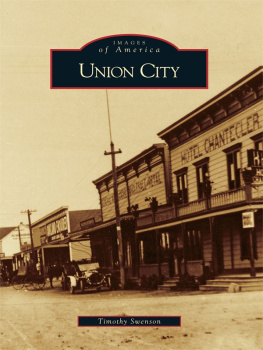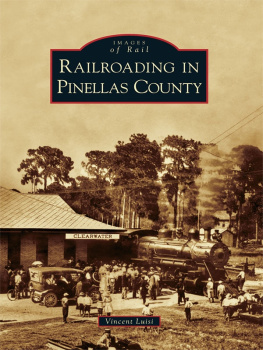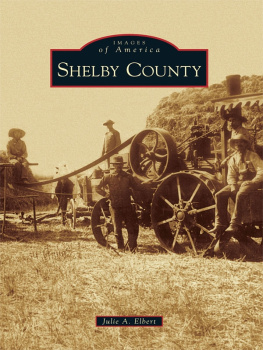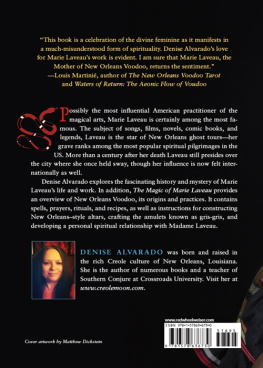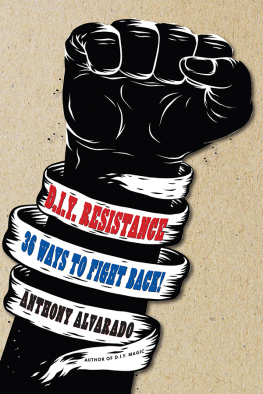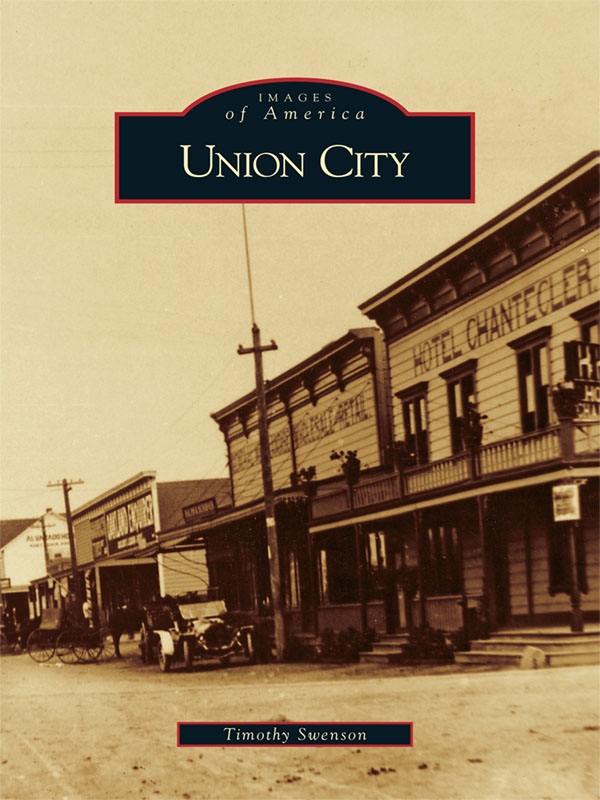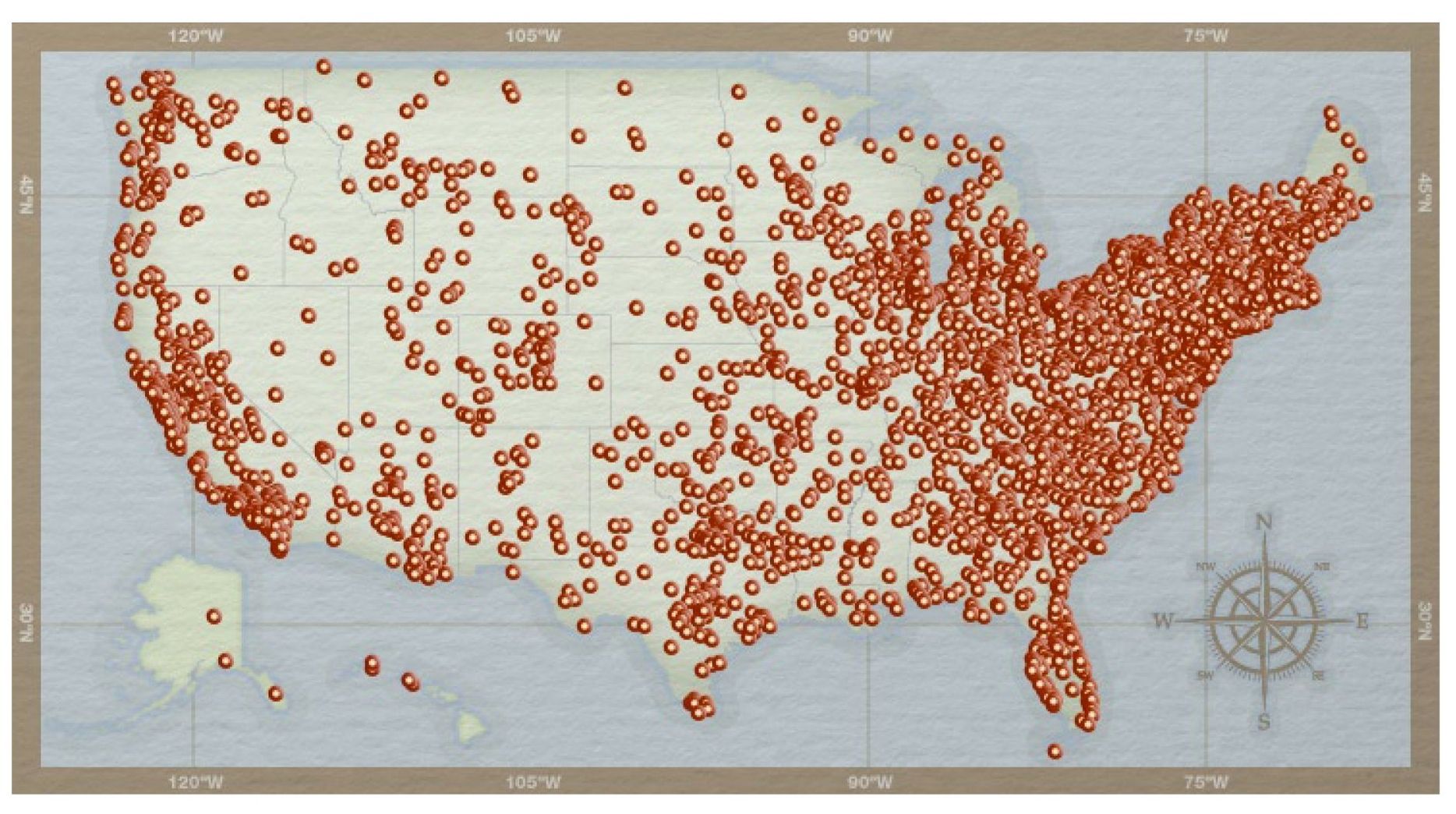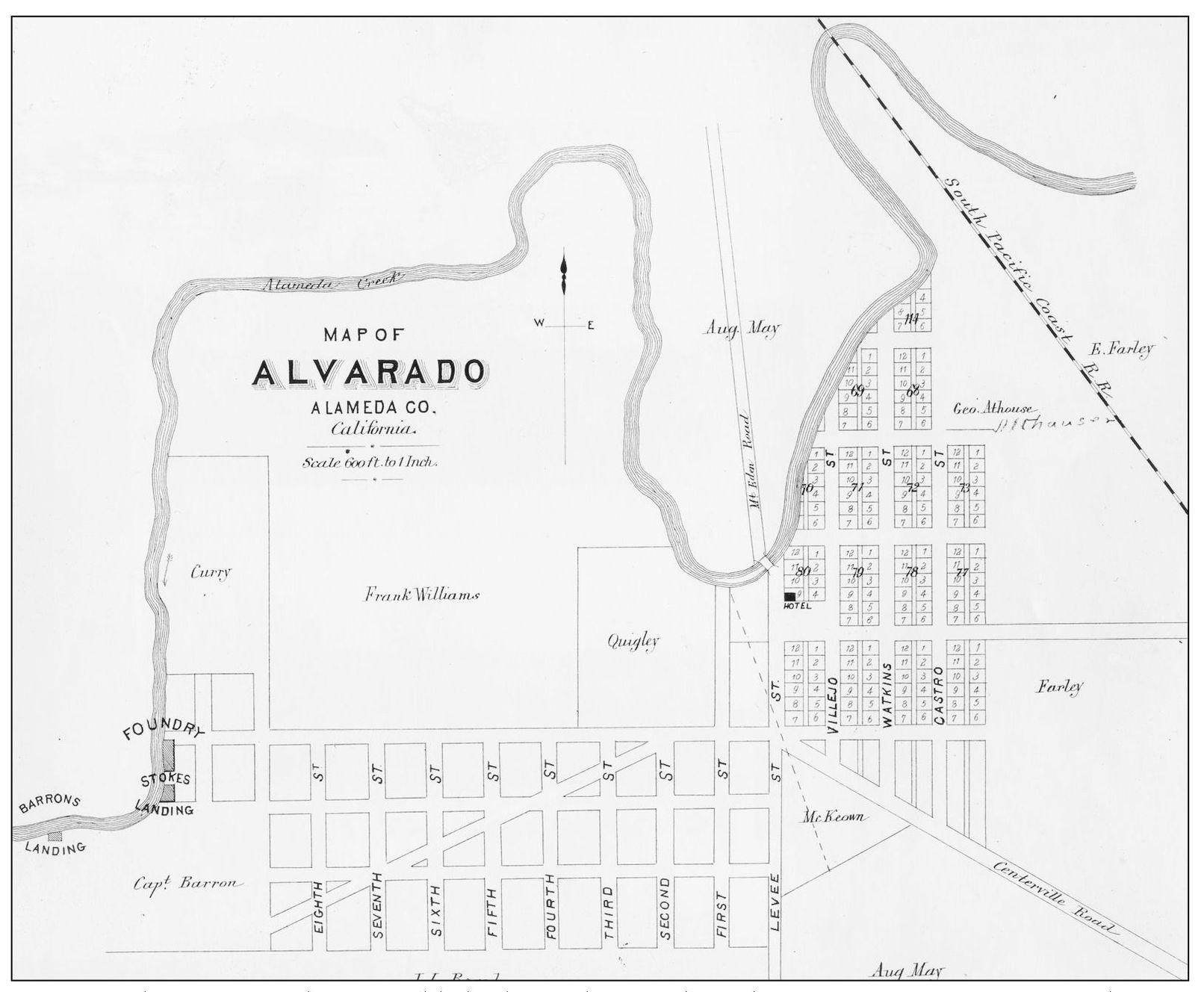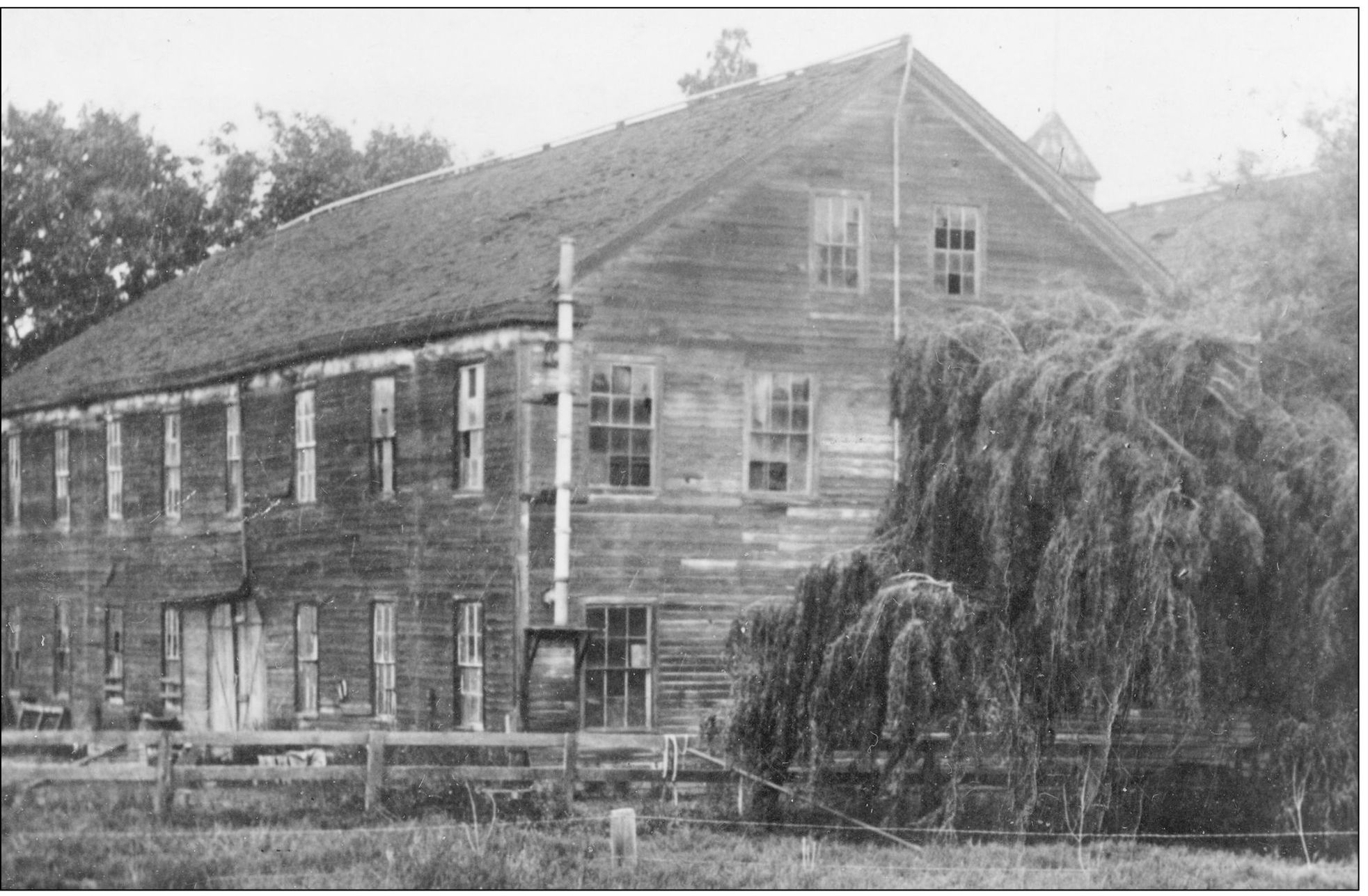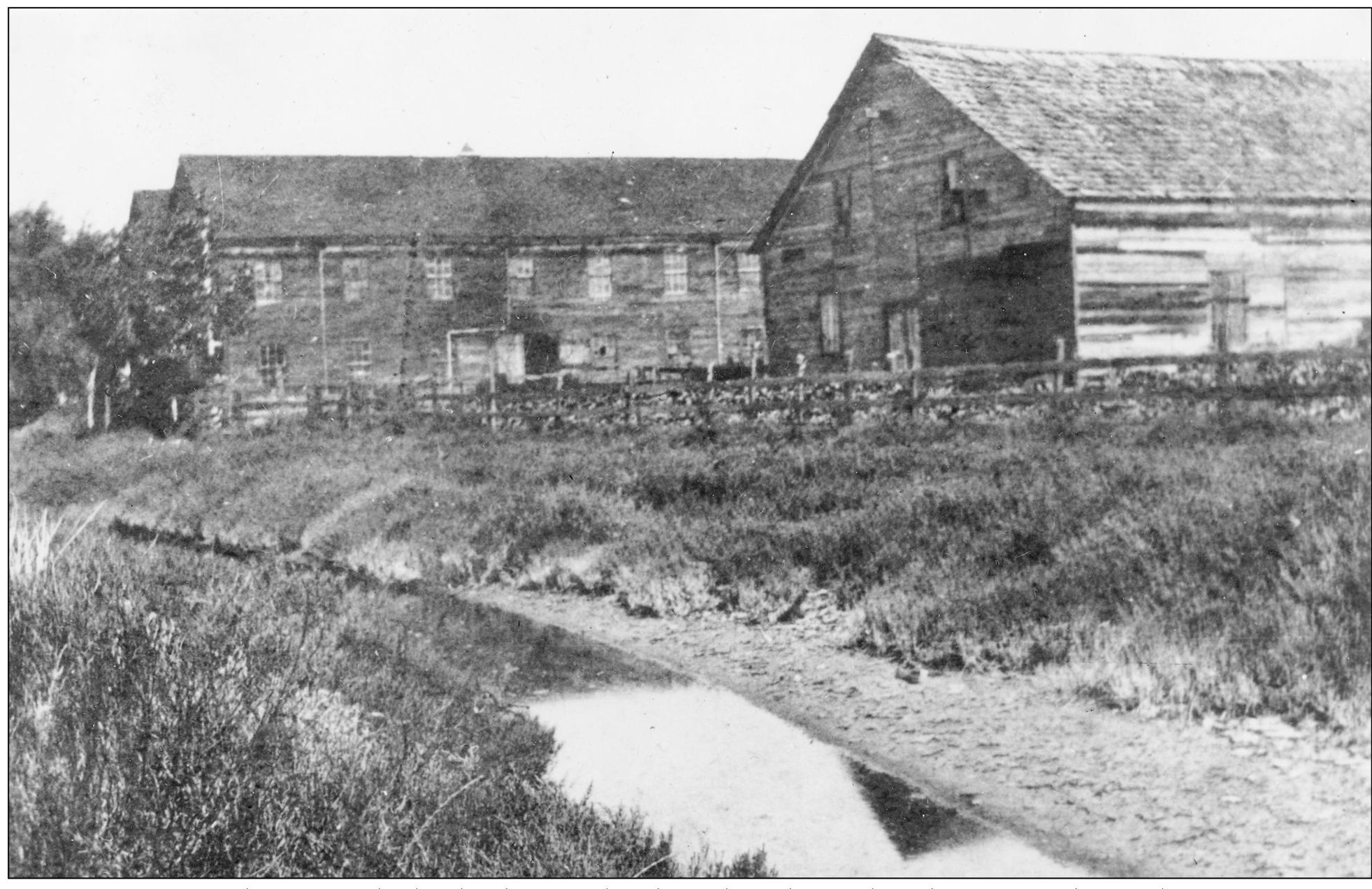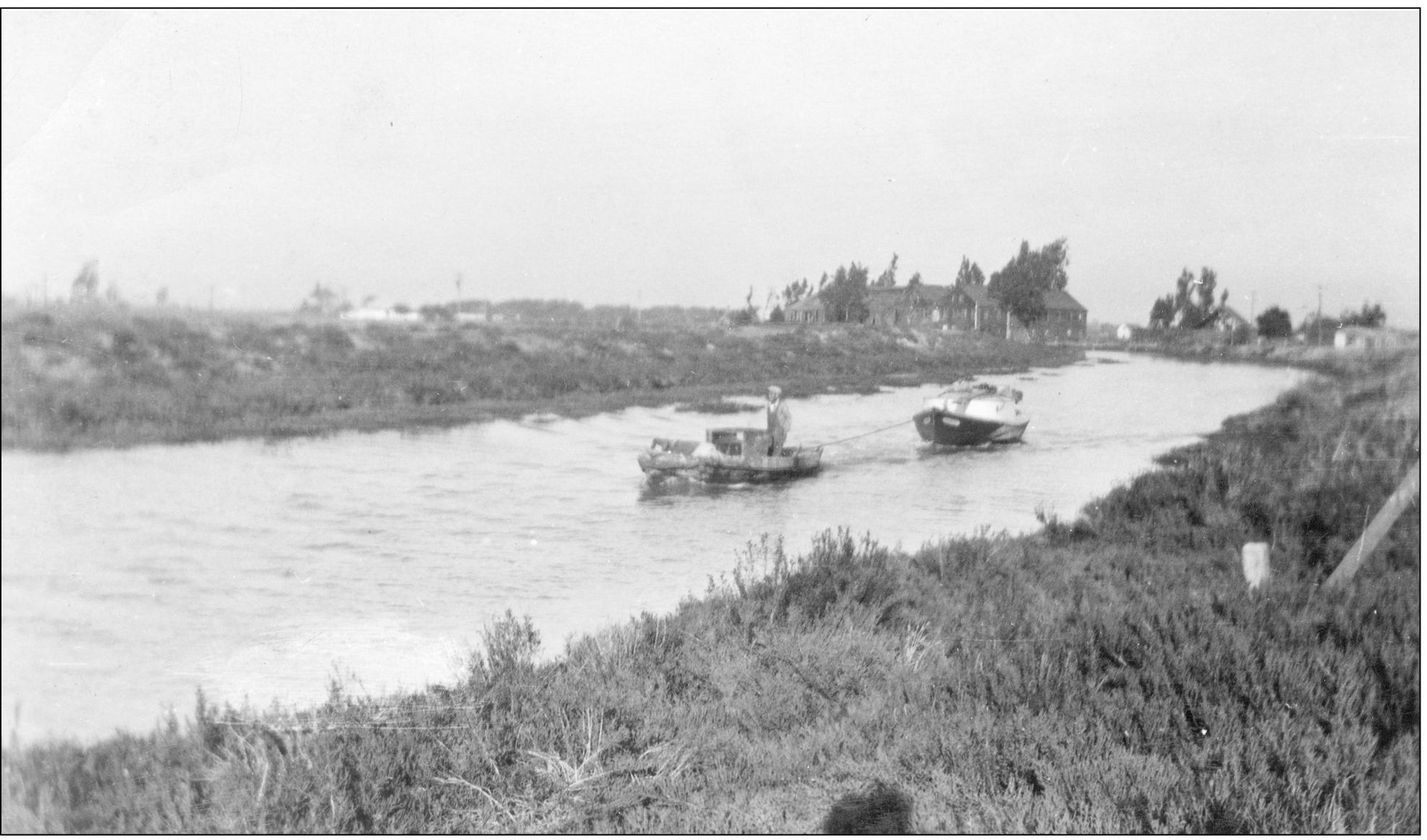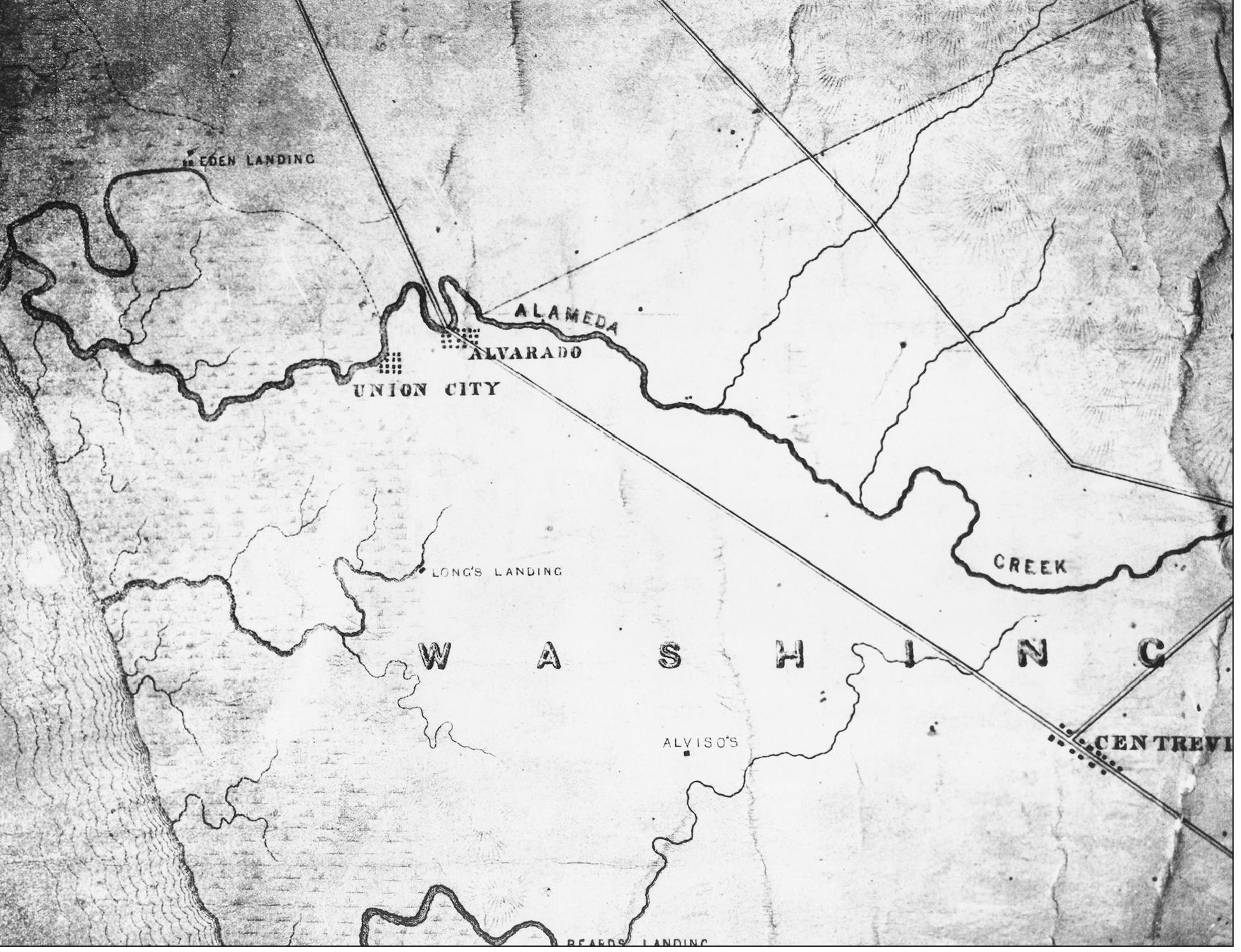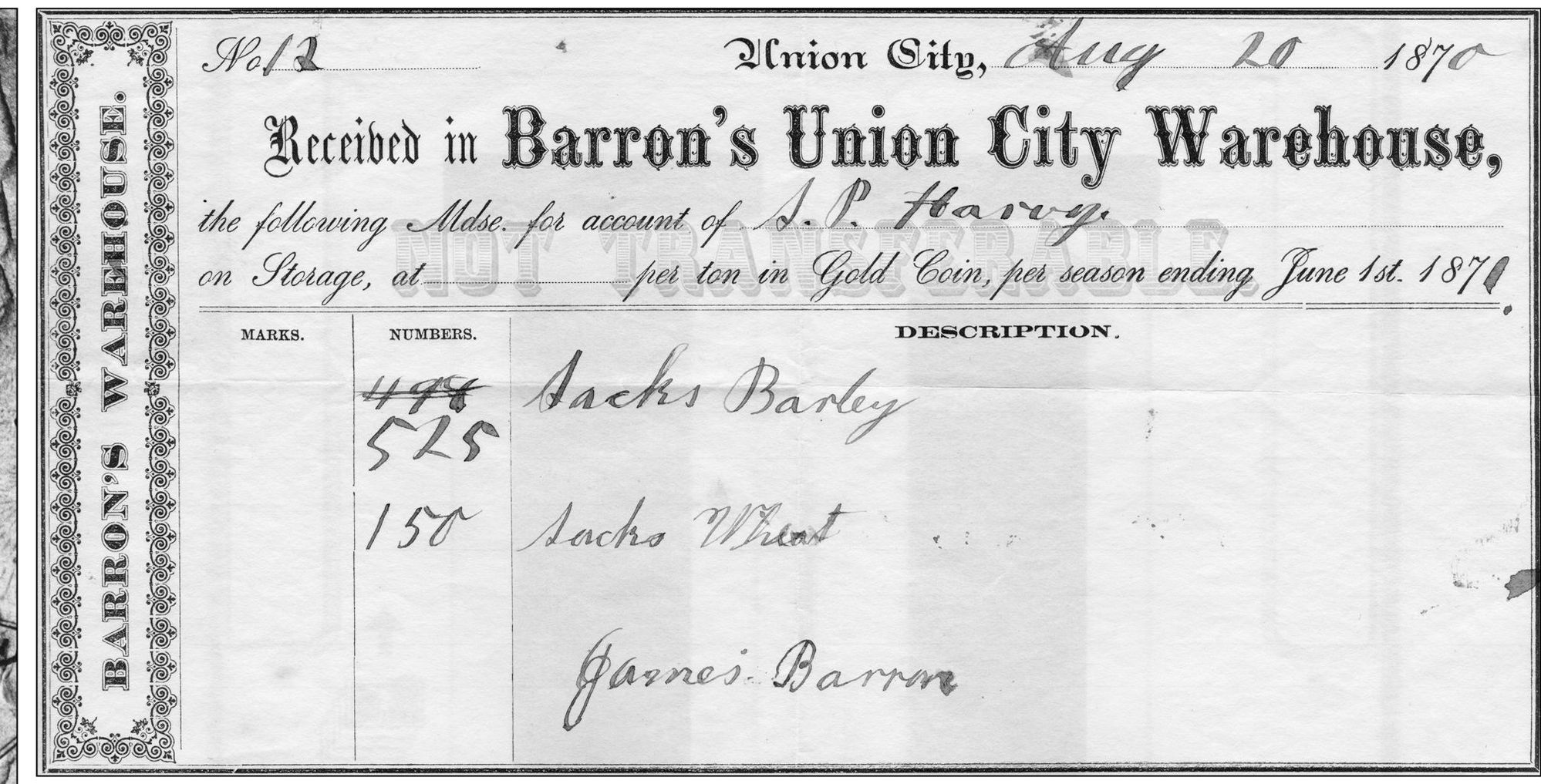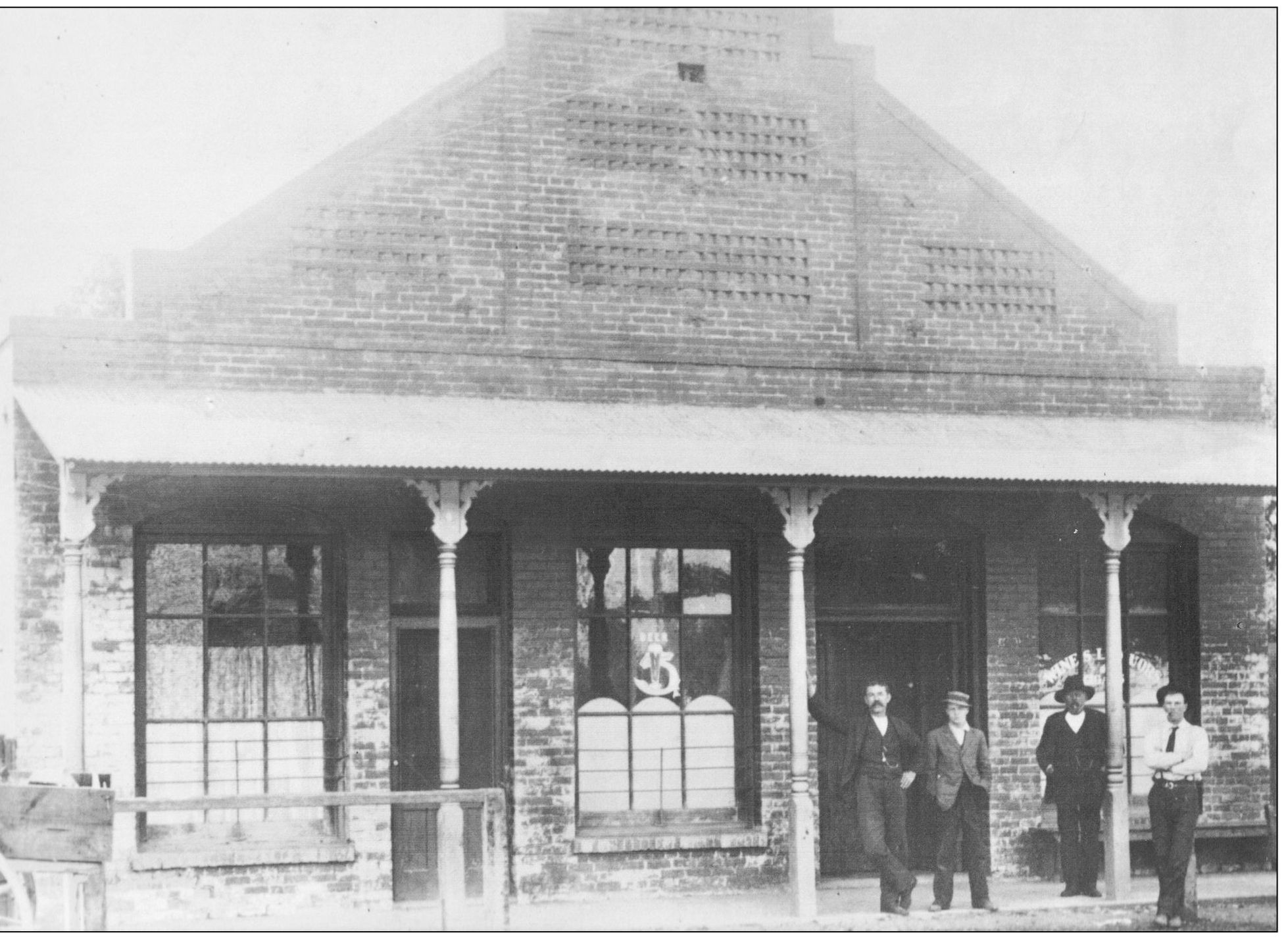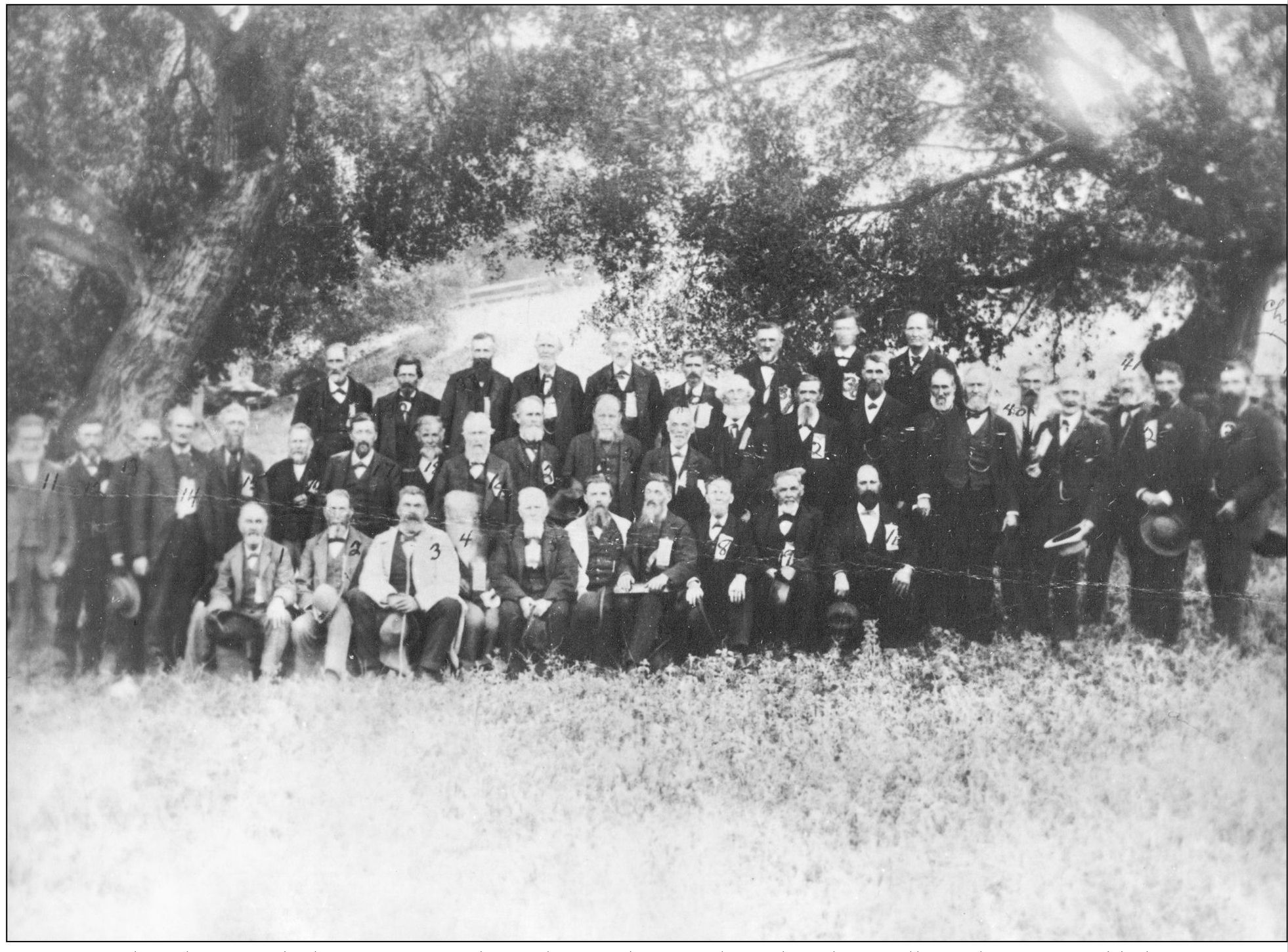ACKNOWLEDGMENTS
This book is based on the work of those who have come before me. The Dr. Robert B. Fisher Collection is the single best collection of photographs in Washington Township. Combining that with other photograph collections, the Museum of Local History has the finest overall collection of photographs in Washington Township. I am also indebted to those who have researched and written on local history. These authors are listed in the bibliography. Without those who documented history in both written and photographic form, we would have no history.
I would like to thank the Museum of Local History for making the majority of the photographs in this book available. I would also like to thank those individuals and organizations that also donated photographs and/or provided research assistance, including Gil Prevette, Alice Robie, Lupe St. Denis, Al Rose, Karl Vincent, Norman Silveira, Carol Dutra-Vernaci, Ann Riojas, Heidi Kitayama, Dick Oliver, police chief Stewart, Hillview Baptist Church, Our Lady of the Rosary Church, and the Union City Historical Museum.
All photographs are part of the Museum of Local History collections, including the Dr. Robert B. Fisher Collection, unless otherwise noted.
BIBLIOGRAPHY
Country Club of Washington Township. History of Washington Township . Stanford, CA: Stanford University Press, 1962.
City of Union City. Looking Back: Early Glimpses of Union City . Union City, CA: self-published, 1978.
Sandoval, John. History of Washington Township . Hayward, CA: Mount Eden Publishers, 1985.
Thompson and West. Official and Historical Atlas of Alameda County, California . Fresno, CA: Valley Publishers, 1976.
Wood, M. W. History of Alameda County, California . Oakland, CA: self-published. 1883.
Find more books like this at
www.imagesofamerica.com
Search for your hometown history, your old
stomping grounds, and even your favorite sports team.
One
ALVARADO
In 1878, Thompson and West published an atlas of Alameda County containing an early map of Alvarado. The left side (west) shows the two landings owned by Richard Barron and J. J. Stokes. Property tracks and their owners are detailed on the map, which shows land owned by well-known pioneers like John Quigley, J. L. Beard, and August May. This map is more of a plan for Alvarado, as older maps do not show Watkins Street extending to the south of Smith Street and Castro Street was not built.
John Horner would build a steam-powered flour mill at Union City at a cost of $85,000. At the first agricultural exposition held in San Francisco, Horners flour won a silver cup for its excellence. The mill building was moved to the location shown and enlarged. In 1870, George Tay would establish a foundry in the buildings under the direction of Charles R. Nauert. The foundry would employ 35 men and close in 1920. It is unknown exactly when the buildings were demolished.
In 1851, John Horner built a landing at a bend in Alameda Creek and constructed a number of warehouses. Horner would plot out a town and called it Union City, named after the steamship Union that he bought to ship goods to San Francisco. J. J. Stokes would own the landing in 1878. Benson, then Richard Barron, would own a landing next to Horners landing. Barron would use the name Union City Landing well into the late 1800s. This photograph was taken in 1903.
For many years, Alameda Creek was used for shipping to move produce to market in San Francisco. This photograph shows a small boat motoring west with the Union City Landing warehouse buildings in the background. Eventually Alameda Creek would silt up and make navigation impossible.
Andrew Henderson Broder was the first sheriff of Alameda County when it was formed in 1853. In the first election in Alameda County, held April 24, 1853, Andrew Broder was elected as sheriff and tax collector. He would be elected to both of these posts for the next three years. Since there was no jail, early criminals were locked up in the Brooklyn Hotel. One of the early crimes Sheriff Broder investigated was the theft of state and county funds from the office of county treasurer J. S. Marsten. This wedding photograph from 1854 shows Broder with Sara Ann Smith, the sister of Henry C. Smith.
John Horner founded Union City at a bend in Alameda Creek that was being used by Mission San Jose for shipping. Just to the east, Henry Smith founded New Haven close to another bend in Alameda Creek called the Devils Elbow. Eventually New Haven would become Alvarado. At first, Union City would show up on the maps as a separate town, like on this late-1850s map. By the next century, most residents would refer to both towns as Alvarado. This map also shows the road coming from Hayward through Alvarado and then to Centerville.
John Horner would sell his warehouse and landing at Union City. Richard Barron would purchase the landing and later sell it to his brother James about the time that Richard would purchase Mount Eden landing, a few miles north. This receipt is for sacks of wheat and barley stored at the warehouse on August 20, 1870, for S. P. Harvey. Even in 1870, Union City was still distinct from Alvarado.
Standing on the west side of Levee Street was an old brick building that was a saloon for many years. This photograph shows a number of patrons standing in front of the saloon. The windows advertise wine and liquors and 5 beer.
This photograph shows many of the early founders of Alvarado. The small numbers were added by William Jung and show (10) John Lyman Beard, (17) ? Osgood, (25) Howard Overacker, (28) William Liston, (29) Joseph McKeown, (37) F. B. Granger, and (40) George Patterson. (Courtesy Alice Robie.)

